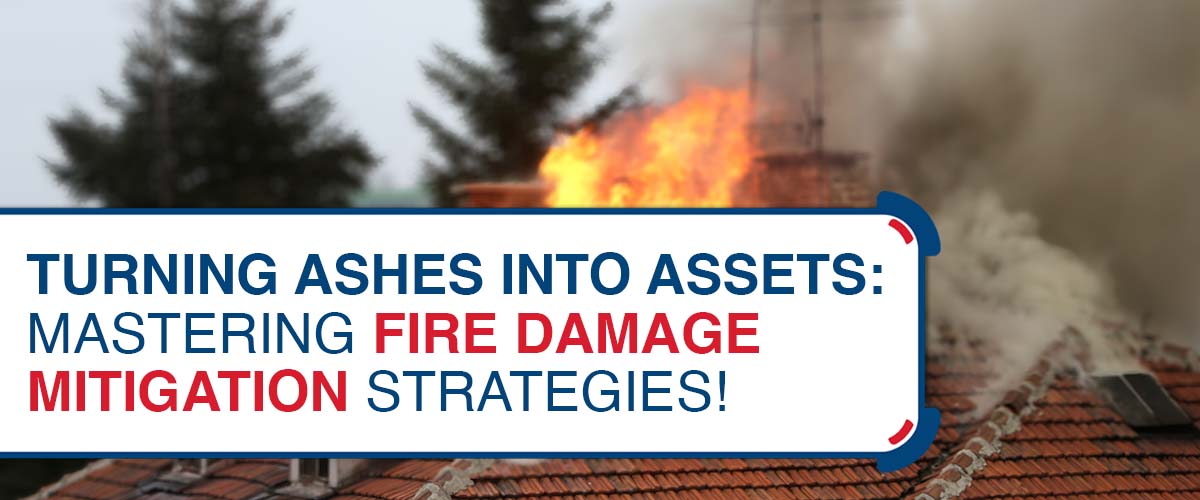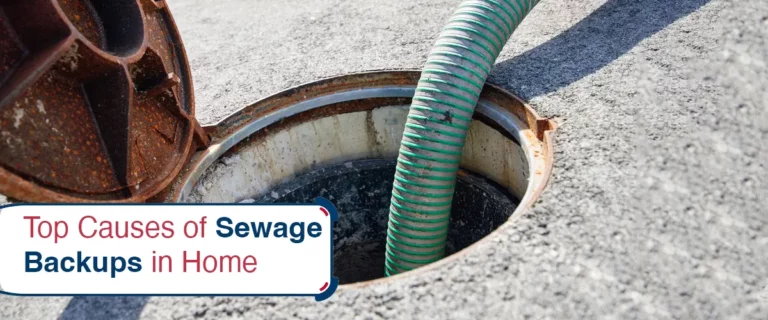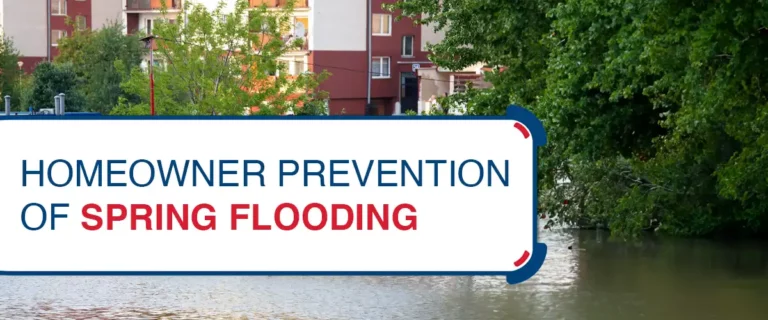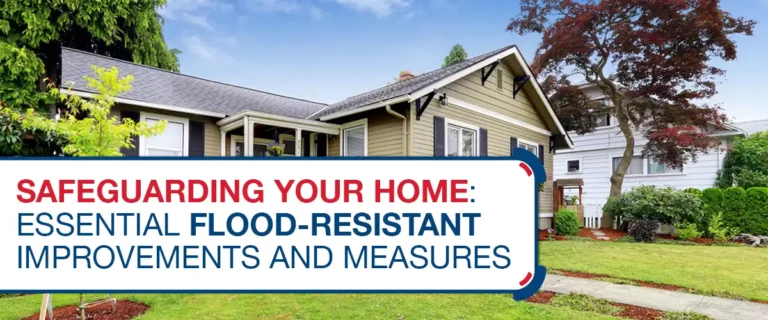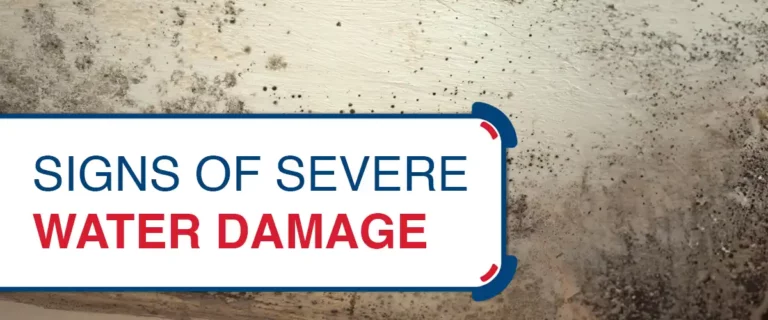Why let a fire reduce your dreams to ashes when you can ignite a new beginning and turn those charred remnants into valuable assets? Curious to know how? Well, buckle up and get ready to dive deep into the world of fire damage mitigation strategies. In the wake of a devastating fire, the once vibrant spaces lie in ruins. The flames have stolen possessions, memories, and a sense of security. Yet, a glimmer of hope remains amidst the ashes. In this darkest hour, the potential for recovery emerges, promising a journey of resilience and renewal.
Furthermore, fire damage mitigation takes center stage, offering a crucial lifeline to transform devastation into an opportunity for rebirth. This process can rebuild shattered lives and restore a sense of normalcy through the following:
- Meticulous planning
- Innovative strategies
- Unwavering determination

Understanding the Impact of Fire Damage
Fire damage encompasses different types of destruction, each requiring specific attention for effective restoration. Additionally, fire damage leaves buildings devastated, causing:
· Structural damage
Weakens the building’s integrity, compromising safety.
· Smoke damage
Leaves behind unsightly stains and pungent odors, requiring professional remediation.
· Water damage from firefighting efforts
It can also lead to mold growth and further deterioration.
Moreover, it is crucial to address fire damage urgently to prevent further deterioration. Ignoring fire damage can worsen the situation and increase the complexity and cost of restoration.
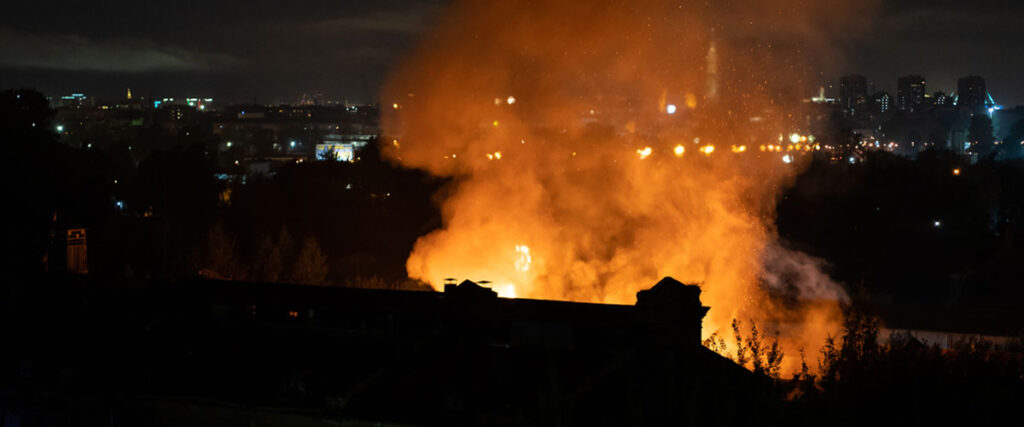
The First Step: Immediate Response and Assessment
When it comes to fire damage, time is of the essence. Swift response following fire damage is vital for various reasons:
- The safety of occupants and emergency responders is guaranteed.
- Immediate action can also mitigate health risks associated with smoke and toxic fumes.
- It prevents the further spread of fire and damage to surrounding areas.
- A prompt response also lessens the probability of secondary harm, such as water seepage or mold proliferation.
The initial assessment process is also crucial in setting the stage for effective mitigation; it involves:
- It evaluates fire damage to prioritize restoration and identify hazards, ensuring a safe working environment.
- Assessment aids in determining mitigation strategies and necessary resources.
- It also serves as a basis for documenting damage, filing insurance claims, and planning restoration.
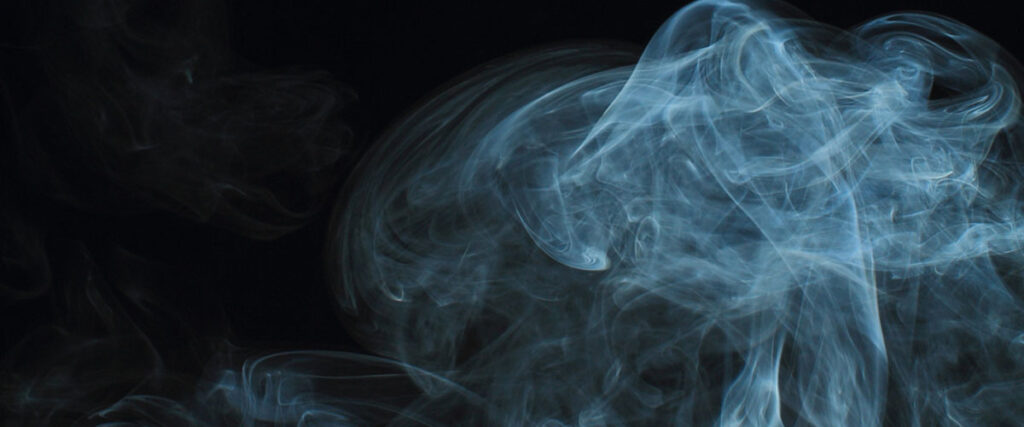
Smoke and Soot: The Silent Aggressors
While the flames cause significant damage, the smoke and soot often pose the most difficult challenges during the restoration process, such as:
- Deep penetration of smoke particles
- Stubborn stains and odors
However, experienced professionals employ specialized cleaning and restoration techniques to effectively remove smoke and soot residue, restoring the affected areas to pre-fire conditions, including:
- Dry cleaning – Removes loose soot particles with a sponge-like chemical.
- Wet cleaning – Uses specialized agents to deep clean surfaces.
- Thermal fogging – Releases fog that neutralizes odors.
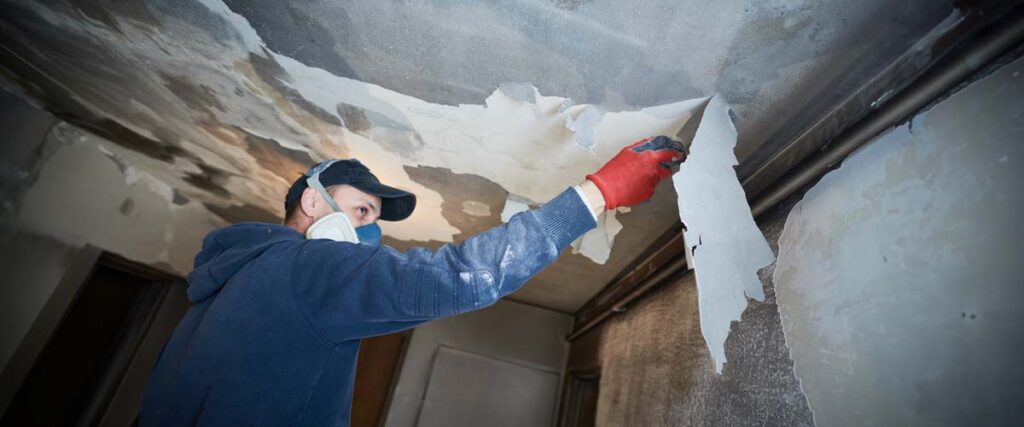
Structural Integrity: Assessing and Repairing
When assessing and restoring a fire-damaged property, the utmost importance lies in ensuring the safety and stability of the building’s structural integrity; it includes:
- Evaluating the damage
- Identifying weak or compromised areas
- Developing a comprehensive restoration plan
Professionals identify and repair damage to ensure safety and stability through the following:
- Conducting a detailed inspection of the property
- Assessing the extent of damage to structural components
- Repairing or replacing damaged beams, walls, and floors
- Utilizing materials that meet safety standards and code requirements
- Testing structural stability and ensuring compliance with regulations before occupancy.
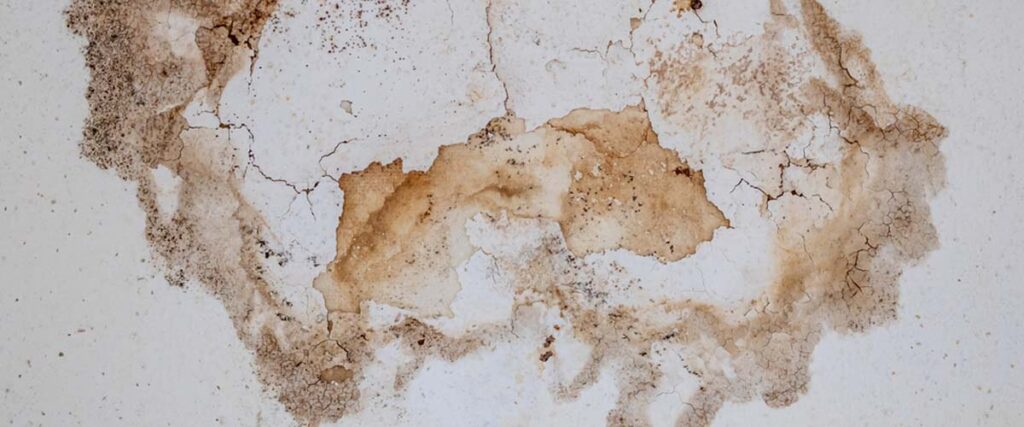
Water Damage: A Secondary Challenge
Water damage following firefighting efforts is often overlooked but can pose serious issues. Additionally, excess water necessitates prompt attention and restoration to mitigate further damage; if not addressed promptly–– it can lead to:
- Structural damage
- Mold growth
- Electrical hazards
Additionally, strategies for drying out and restoring water-affected areas include:
- Removing excess water.
- Promoting airflow and evaporation.
- Using specialized drying equipment.
- Assessing moisture levels.
- Controlling humidity.
- Conducting cleaning and sanitization.
- Repairing or replacing damaged materials.
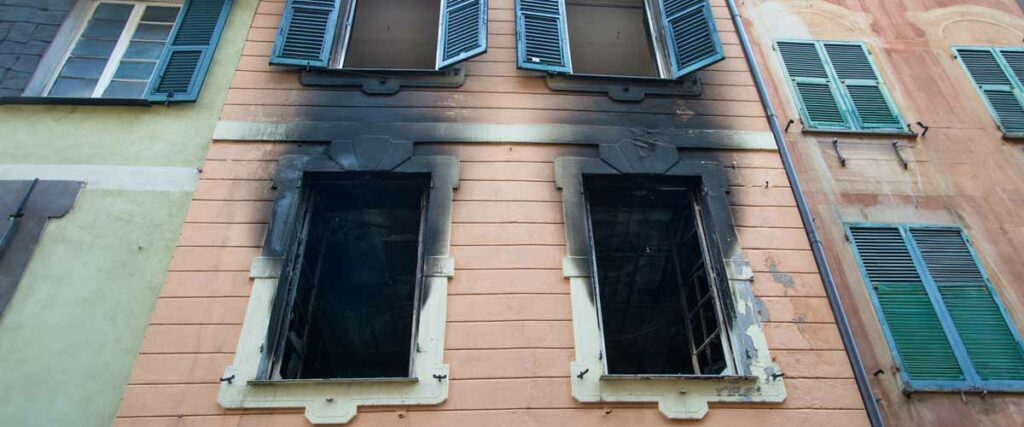
Innovations in Fire Damage Mitigation
Fire damage mitigation in Kansas City has seen significant advancements in technology and methods. Some of the latest innovations include the following:
- Thermal imaging cameras – Detect hidden hotspots and assess fire damage.
- Advanced fire suppression systems – Utilize cutting-edge sensors to detect and extinguish fires accurately.
- 3D modeling tools – Simulate fire scenarios for pre-planning and training purposes.
These advancements lead to more efficient and effective restoration processes by:
- Enabling quicker assessment of damage
- Improving fire suppression capabilities
- Aiding in pre-planning and training
- Enhancing communication and collaboration
- Ensuring safer restoration practices
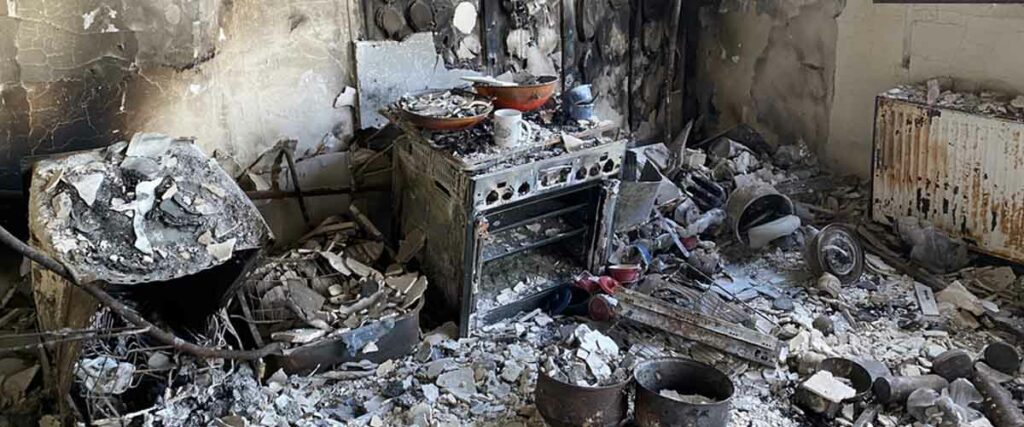
Prevention: Learning from the Ashes
While fire damage mitigation is critical after an incident, prevention is the most effective approach to safeguarding life, property, and investments. Learning from past fire incidents and their causes is vital to implementing comprehensive fire prevention strategies. Addressing the following key factors can reduce the risk of fire incidents, including:
- Faulty wiring
- Improper storage of flammable materials
- Neglecting to maintain fire safety equipment
Simple yet essential tips for fire risk reduction and improved safety measures such as:
- Install and regularly test smoke detectors.
- Keep flammable materials away from heat sources.
- Maintain electrical cords and outlets in good condition.
- Have a fire extinguisher on hand and know how to use it.
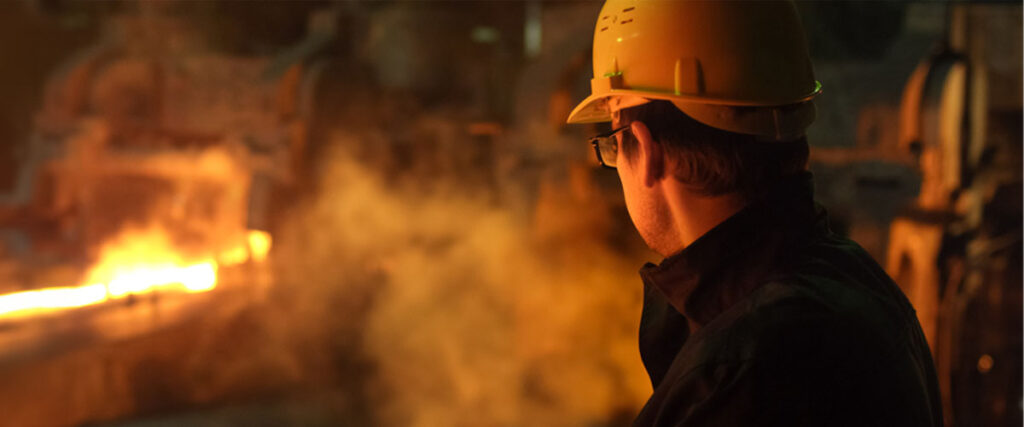
Choosing a Fire Damage Mitigation Partner
Choosing an experienced and knowledgeable service provider is essential for mitigating fire damage. Here’s a guide for selecting the right fire damage mitigation provider:
- Experience and Reputation
- Licensing and Insurance
- Expertise and Training
- Availability of Resources
Additionally, selecting a fire damage mitigation partner, focusing on specific factors contributing to successful restoration and recovery is vital, including:
- Certifications – Opt for providers with certifications such as IICRC, demonstrating expertise in fire damage restoration.
- Quick response time – Minimizes further damage and mitigates risks.
- A comprehensive approach – Addresses all aspects of fire damage, such as assessment, cleanup, repairs, and restoration.
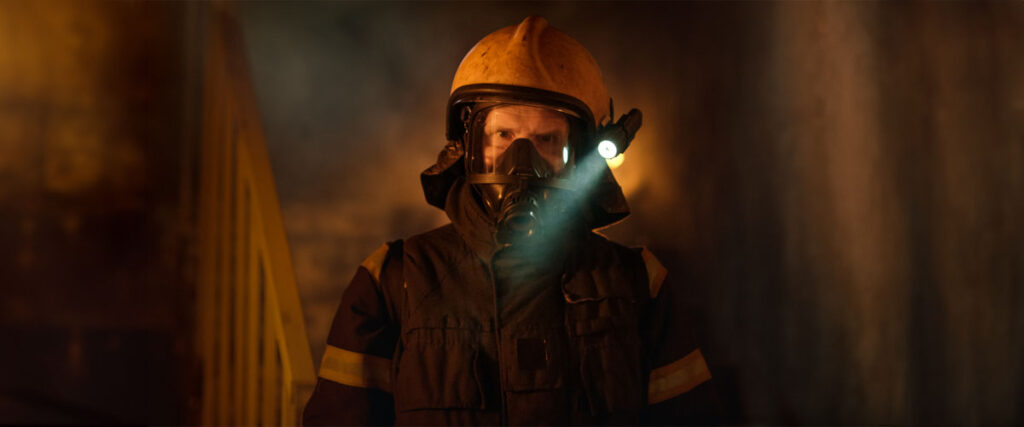
Rising Above Fire’s Fury!
To conclude, selecting a qualified fire damage mitigation provider involves considering certifications, references, and experience. Response time and a comprehensive approach are vital for minimizing damage and achieving effective restoration. Remember, post-fire damage, resilience, and recovery are possible.
Furthermore, you can overcome this challenge by proactively collaborating with experts. Don’t let the fire define your future; instead, empower yourself to rebuild more robust and better. With the right partner by your side, you can transform adversity into an opportunity for renewal and growth.
References:
- IICRC. (2023, November 6). About the IICRC – IICRC. IICRC is a non-profit organization for the inspection, cleaning, and restoration industries. https://iicrc.org/abouttheiicrc/
- Tugnoli, A., Cozzani, V., Di Padova, A., Barbaresi, T., & Tallone, F. (2012). Mitigation of fire damage and escalation by fireproofing: A risk-based strategy. Reliability Engineering & System Safety, 105, 25-35. Retrieved from https://www.sciencedirect.com/science/article/abs/pii/S0951832011002390
- Home fires | Ready.gov. (2023, May 23). https://www.ready.gov/home-fires


